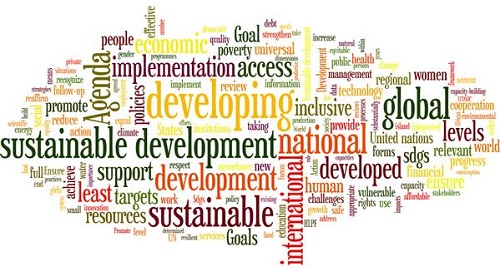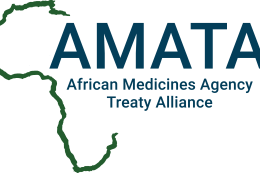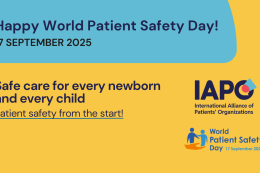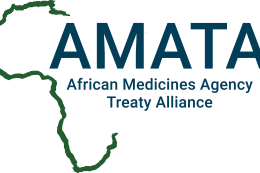Has health been forgotten in the sustainable development goals?
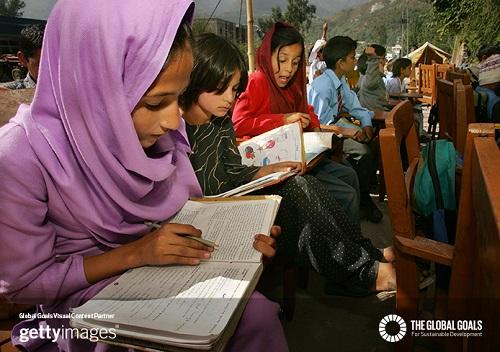
What are we talking about?
Yes, it’s the sustainable development goals (SDGs) that will be formally adopted by member states at a United Nations summit later this month. This meeting concludes two years of negotiations to set the direction for improvement priorities for the years to 2030, and crucially to build a monitoring and reporting framework and indicators that will hold nations to account and ensure transparency.
You can contribute your views on proposed indicators until 7 September 2015.
Why does it matter to patients and patients’ groups?
Once SDGs are agreed by member states, timescales and indicators for reporting allow us all to hold our governments to account for progress (or lack thereof). At the Executive Board meeting and the World Health Assembly in 2015, concern was expressed about the number of indicators and targets. A useful paper summarising the process and key aims for health can be found here.
Turning aspiration into action
We know from other global agreements like the Kyoto Treaty and subsequent negotiations that agreement between states is difficult to attain sometimes, but even once agreement among leaders of state is reached, actually turning aspirations into action is much more difficult.
Failure to achieve some millennium development goals (MDGs), and even failure to make significant gains against some targets, highlights structural failures and can point to a lack of political will to change. The ‘unfinished business of the MDGs’ (see a WHO report presented to the WHA in May 2015) will be rolled into the SDGs. But have the reasons for failure been fully identified and ways to address these barriers, with a timetable for action, been delivered? Only time, and you, will be able to tell.
What about health and patients?
What is most striking is how at first glance health appears virtually absent (or significantly under-represented) compared to other areas in the SDGs. Take a look at the word cloud, generated from the ‘Transforming our world: The 2030 Agenda for Sustainable Development’ publication (figure 1). And even when you consider wider discussions, the Twitter hashtag #2030agenda (figure 2) generates this sort of word cloud – see if you can find ‘health’?
|
Figure 1 |
Figure 2 |
WHO Director General Margaret Chan said in her speech to the WHA in May 2015:
‘Health forms the focus of goal three. The health-related Millennium Development Goals are part of that goal. New and most welcome targets are set for noncommunicable diseases and injuries, and for universal health coverage. Health is regarded as a desirable outcome in its own right, an input to other goals, and a reliable measure of how well sustainable development is progressing.
Its place on the agenda is solid. I encourage you to make sure it stays that way, strong and bold. Eight other goals are explicitly related to health as they address its root causes and social determinants’.
Linking to other development goals
What will be imperative for all of us, and which IAPO has started working on since agreeing its new strategic plan, is more explicit and direct linking of health and wellbeing to other development goals (for example, systems strengthening, health in all policies and health as a human right, social determinants of health, and patients’ involvement at all stages). This will also be crucial in our collaborations and yours locally – momentum will be built through collaboration with like-minded organizations, even where they might focus on other specific areas like education or environment for example.
What are the global goals?
Six different themes have been agreed. These are broken down into goals and targets.


